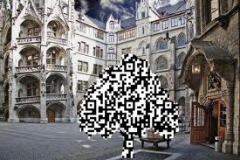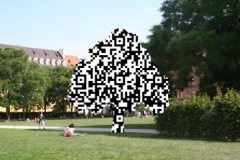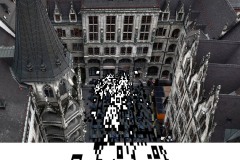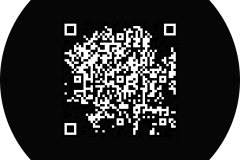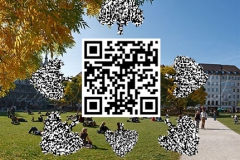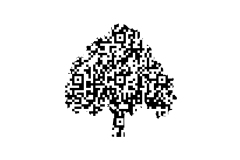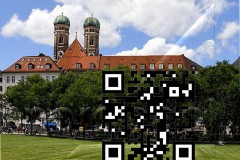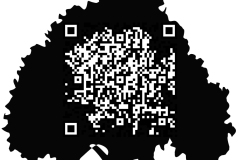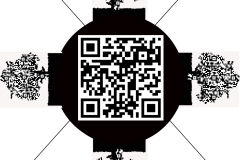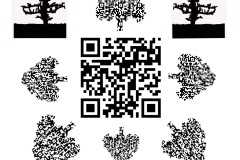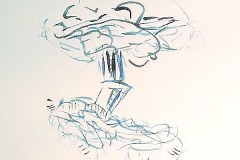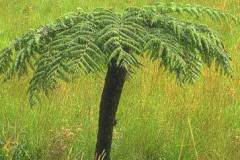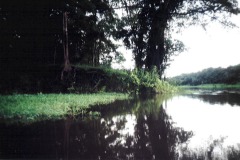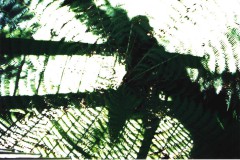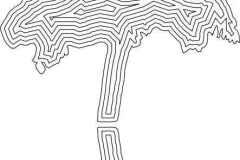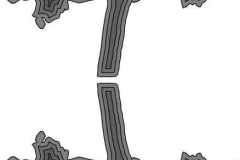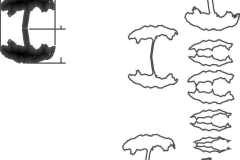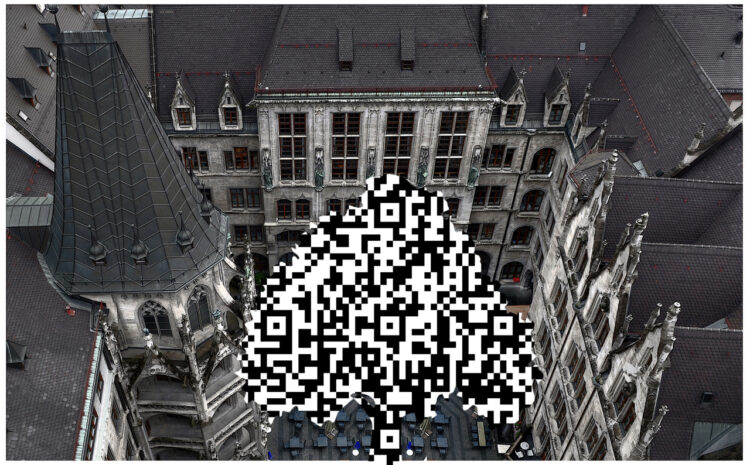
qu are you? banyan tree
qu are you? banyan tree
Art in public space for project applications for the year 2012
- cooperative and interdisciplinary developed project
- diverse media
- procedural
- temporary
- Mediation and communication strategies
Project – Proposal from
Nele Ströbel (Artist)
MILK DESIGN (design office)
Wäcker & Graupner (art education/exhibitions)
Subtitles: Artists listen
The idea
The questions formulated in the call for proposals concerning the design aspects of public space, its framework conditions as a forum for social life and communication, and ultimately art, design and design in public space / of public space will be discussed together with the people of Munich and developed and visualized by them with the cooperating protagonists – artists, designers, architects – in the form of an art project.
This happens at the interface of analog reality experience and digital translation. Symbolic and visible sign of the project, its starting and end point, is a vegetal / biomorphic appearing aluminum object by Nele Ströbel (metaphorically: tree, coral, diatom or similar). The information is carried on magnetic cards (6 x 6 cm) that adhere to metallic surfaces as well as to Nele Ströbel’s object. These cards carry QR codes (Q=quick R=response), which first of all reflect the questions, and at a later stage the observations, wishes, visions, ideas and contacts in coded form.
The results are visible on the sculptural object by Nele Ströbel (small cards with QR codes), on the website of the project (QR codes, sketches, photos, writing down of observations etc.).
- in an exhibition (highly enlarged QR codes and sketches, photos, etc. of the individual projects)
- in a media publication (e.g. SZ-Magazin: QR codes, which are linked to the
smartphone can be read)
The sculptural object by Nele Ströbel
Nele Ströbel’s sculpture is to present a metal object based on vegetal /biomorphic forms. A net-like branching structure of the sculpture will be based on the idea of branching plants: Idea-giving could be the tree, or colony-forming protozoa such as corals, which symbolize both society and electronic networks through their net-like structures. It is also possible to imagine an object whose associative starting point is formed by so-called diatoms, microscopically small single-celled plants millions of years old. In her spatial sculptures, Nele Ströbel has long been concerned with the aesthetic diversity and complex structure of these natural phenomena consisting of the mineral substance silicon. These not only play an important role in bionics, the development of technical systems based on biological models, but also form the link to the electronics age: silicon is used in the manufacture of computers, among other things.
Possible locations for the object of Nele Ströbel
City Hall courtyard, HFF green space, Pinakotheken green space, pavilion in the Old Botanical Garden
What information do the cards carry?
On one side they show a (graphically designed) image of Nele Ströbel’s sculpture, on the other side a QR code that formulates the question as well as refers to the project’s website. On the website you can find the conditions of the project in more detail, information about the QR code as well as information about the participating artists, architects and designers in the form of short film interviews by Nele Stöbel, the contact addresses, etc.
What do prospects do with the information?
Those who would like to participate in the project formulate their observations in their own urban environment and their experiences with art in public space, draft an idea, a suggestion, or vision for their district or neighborhood, and contact an artist, designer, or architect of their choice. The latter contributes with his work, his aesthetic professional experience and his material know-how, answers questions, takes up suggestions, develops proposals for solutions or utopias with the interested parties, helps with the formulation and visualization and, together with the interested parties, puts the written or visualized information back onto QR cards. These contain brief information in keywords, with a link to the website with the further ideas and their aesthetic implementation.
Why QR codes?
Future technology
- QR code can contain individual messages and/or references to larger context via link to the WorldWideWeb
- combines analog reality experience with digital information translations
- democratic
- Enables communicative exchange through personal handover of the cards
- aesthetic appeal analogous to a small art object
- Makes curious
The incentive for the interested Munich audience
- political participation in dealing with the immediate local environment (district, neighborhood, quarter)
- aesthetic participation in the questions about art in public space in Munich
- Examination of a new medium at the interface of analog and digital
- Participation in a large overall work of art, which reflects the ideas of the people of Munich of an artistically designed environment in an abstract-artistic as well as concretely content-related manner.
- Media publication of selected results in the form of QR codes.
Components of the project
- One or more artistically designed aluminum sculptures by Nele Ströbel
- 10,000 mobile cards with QR codes bearing the brief and initial contact information for the participating artists, architects, designers. The information on the cards can be decoded with smartphones.
- Distribution of the cards on the art object by Nele Ströbel as well as via a guerrilla-like distribution in the urban space on metallic surfaces (e.g. cars, containers etc.)
- Raw material for the cards and the QR codes for those interested in the project.
- A group of artists, architects, designers, etc., who discuss, formulate and visualize concerns and create the cards with the interested parties in a freely chosen form (workshop, open studio, weekend actions). Keyword: Artists listen!
- Internet forum / website
- PR via press release, flyer
- Media partnership with BR, SZ-Magazin etc.
- Exhibition room (City Hall Gallery)
Target groups
- Children, teenagers, adults of all ages and backgrounds
- Elementary, secondary schools/gymnasiums/technical high schools (interdisciplinary project for all grades)
- Vocational schools
- Universities of Applied Sciences/ Universities
- Munich Adult Education Center
- Associations, various professional and interest groups
- Instead of being presented with art in public space, to which they can at best only react, Munich’s citizens are offered the stimulus to contribute their own suggestions, ideas, wishes, criticisms, visions, utopian designs.
- The urban society participates in a project that includes various elements of the current discourse on art in public space:
- The starting point is the classic sculpture in a public place.
- This carries messages like “fruits” that can be picked in the form of aesthetically appealing little cards (association Edgar cards) and also contain a “core”, a digital message.
- In it, interested parties are invited to actively engage with their living environment, discuss their vision with artists and produce it as a personal QR code encoded on small cards.
- The ideas are thus in turn transferred into the classical form of the art object and finally returned to the sculpture/sculpture in public space as the carrier of all these visions.
- The content will always remain available to the public in digital form on the website.
- Instead of a conventional catalog documentation, the QR codes and their stored images of selected ideas finally accompany an exhibition in the City Hall Gallery in a complete SZ – magazine.


